Billionaire investor and champion of capitalism, Ray Dalio, has been sounding an alarm, for some time now, about a coming cataclysmic shift in our monetary system.
We’re living in an era of near zero interest rates, wealth and political gaps, and rising powers challenging our existing economic world order. The last time these 3 conditions existed was between 1930 and 1945.
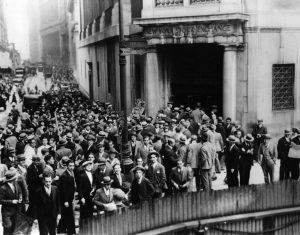
In Understanding Economic Cycles (Part I), I shared the story of a business or market cycle consisting of expansion, peak, contraction, and trough, averaging about 5½ years. In this segment, I’ll tell you about a very different kind of cycle — one that’s already 75 years in the making! I’ll summarize 3 reasons why Ray Dalio sees a major once-in-a-lifetime shift in wealth over the next 5 years, and 2 ways you can do to protect yourself or profit going forward. I’ll also introduce you to 3 other brilliant financial minds: Jim Rickards, Dave Ramsey, and Warren Buffett. My hope is to leave you a little bit wiser.
Ray Dalio is founder of the world’s largest hedge-fund firm, Bridgewater. He says life in the United States is about to become a lot more difficult. These 3 issues will need to be dealt with during the upcoming presidential term:
- Crippling debt that’s stunting economic growth;
- Shrinking opportunity for ordinary citizens; and
- Faltering faith in the US dollar — worldwide.
Let’s quickly look at each of these 3 problems, and see how they fit together.
First, A Money and Credit Cycle Problem
Our current debt cycle began in 1945, at the end of World War II, in a new monetary system, with the US$ as the world currency. At present, about 70% of the world’s financial transactions are in US dollars; that’s almost a monopoly. The US has had a long run as the world’s most powerful central bank.
However, when spending increasingly exceeds productivity, as is the case these days, the economy begins to stall. The normal way to stimulate growth is to reduce interest rates. But as interest rates get close to zero, ability to stimulate the economy is gone, and the only remaining option is to print more money.
There are 2 kinds of inflation:
- Normal Inflation that arises through Supply and Demand, and
- Monetary Inflation caused by the printing of money.
You may not have noticed inflation yet, because that money has been going into assets and the stock market; and may actually be serving to decrease deflation by preventing the price of goods falling. But make no mistake, Dalio warns of inflation ahead.
There are really only two ways out of the debt cycle. One is by printing money — which people seem to be okay with, because they don’t immediately notice; the other is through taxation — but people really don’t like that!
Speaking of things people don’t like, that brings us to our second problem: A Wealth and Values Gap.
Ray Dalio has said that capitalists are good at increasing the size of the economic pie, but not so good at slicing it.
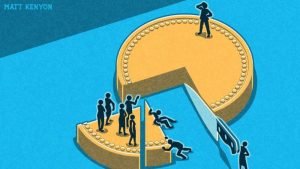
Increasingly, the US has lost its educational advantage, US share of world GDP has been reduced, and a wealth gap has increased, leading to political and social unrest — and resulting in polarizing protests and riots.
There now seems to be an over-emphasis on distributing wealth — getting it from debt and printing money, and not enough from increasing productivity — so much so that the US dollar is at risk losing reserve currency status.
If the US doesn’t become more productive, one day it will lose its ability to borrow and will have to cut spending, and that will be painful. If that pain comes at a time when the population is clashing over money, that’s a bad combination.
“The world is going to change in the next five years in shocking ways” ~ Ray Dalio
While the US can still claim competitive advantage in Innovation & Technology, and through military strength, there are challengers, which brings us to our third problem:
An emerging superpower challenging the status quo …
Dalio, who also has extensive business experience in the world’s most populous country, points to the rising power of China.
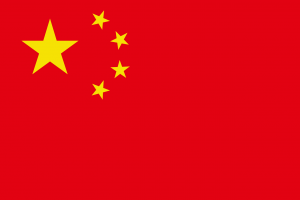
If you look at history — the British Empire for example — the creation of debt and printing of money, decreasing educational advantage, internal wealth gaps, and greater challenges from rival countries — all led to a new world order.
Beginning in 1945, following World War II, the United States became dominant in all categories. But there’s a lifecycle:
“The United States is a 75-year-old empire and it is exhibiting signs of decline.” ~ Ray Dalio
What can you do to prepare yourself, or even profit from, this coming shift?
First: Understand that debt and money creation has caused asset prices to go up, like stocks and gold. So you probably don’t want to own what you may think might be safest: cash!
“Worry as much about the value of your money as you worry about the value of your investments.” ~ Ray Dalio
Second: Know how to diversify. This means diversification across countries, currencies, and assets.
“Wealth is not so much destroyed as it shifts.” ~ Ray Dalio
Here’s Ray Dalio’s Summary: Diversify well, and worry about the value of cash.
( see full MarketWatch article: Billionaire Investor Ray Dalio on Capitalism’s Crisis )
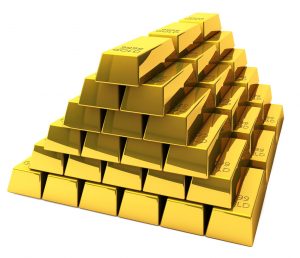
Worry about the value of cash? Does this mean maybe we should move out of cash and into something like gold as a store of value and medium of exchange?
Well, let’s look at that…
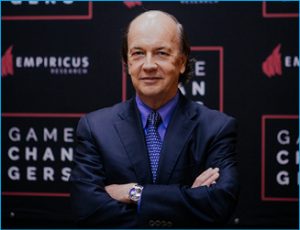

There are many economists who make a case for gold. One of my favourites is Jim Rickards who’s written a number of books on money, currencies, and the coming collapse of the international monetary system.
At around $2,000 US/ounce, Rickards is confident that gold is not overpriced in today’s market, and forecasts gold valued at $15,000/ounce by 2025 (in today’s dollars). That’s just 5 years from now.
Here’s how he arrives at that number:
Money Supply or M1 is basically all physical currency in circulation and checkable deposits. M1 for just the US, UK, European Central Bank, Bank of China and Bank of Japan makes up about 75% of Global GDP…
Now take that number (Global GDP) and divide by 34,000 metric tonnes, which is the estimated global gold supply, and you get about $15,000/ounce. Rickards calls this the implied deflationary price of gold, because it will, of course, be higher if they keep printing money.
Global GDP / Gold (34,000 tonnes) = $15,000/ounce
Rickards doesn’t take a position on whether or not the world will go off the US dollar standard and onto a gold standard, but suggests that the price of gold will move toward where it would need to be if we were going to have a gold standard.
( interview: $15,000 Gold Price? )
That sounds logical, and would suggest that you might want to at least own some physical gold, as money, in the event of a generational shift in currency.
But there are differing opinions…
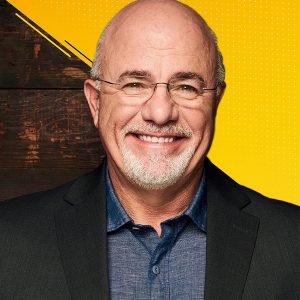
Here’s what author and financial expert, Dave Ramsey, has to say:
Don’t buy gold. There is no promise that gold goes up as the dollar goes down; it fluctuates like any other commodity, based on fear or greed. It’s not safe and has no intrinsic value.
Ramsey says gold is the same as a dollar bill: the only reason it has value is because of people’s willingness to trade it; it’s based on trust, not math. A collapsed economy returns to barter and bullets, and then a new government and currency is formed.
( view: Is Hyperinflation Around the Corner?! (And is Gold the Answer?) )
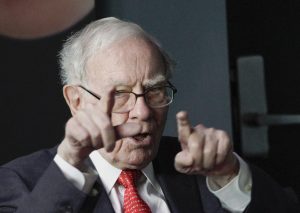
Hmmm… Here’s what Warren Buffett has had to say about gold:
“[Gold] gets dug out of the ground in Africa, or someplace. Then we melt it down, dig another hole, bury it again and pay people to stand around guarding it. It has no utility.” ~ Warren Buffett
But didn’t Warren Buffett recently take a position in Gold? Well, yes, sort of. Berkshire Hathaway bought a position in Barrick Gold. But Barrick is a mining company; not physical gold.
Here’s another quote from Buffett:
“It’s a lot better to have a goose that keeps laying eggs than a goose that just sits there and eats insurance and storage and a few things like that.” ~ Warren Buffett
So Buffett’s integrity is safe: Barrick Gold ‘keeps laying eggs’ in the form of profit and dividends; it doesn’t bury gold in the ground, it sells it to others who bury it in the ground!
( read: The Truth About Warren Buffett’s Investment in Gold )
I’m not against gold. Ray Dalio says we should diversify well, and worry about the value of cash.
Many of the most ardent proponents of gold seem to conservatively suggest no more than about 10% of a portfolio be allocated to physical gold. But here’s what’s interesting…
When I’ve read further, or asked them personally, what they’ll do with their gold holdings following a major generational shift in our monetary system, the most frequent response is: buy real estate.
You see, real estate is a hard asset. It can also be a store of wealth and pay dividends. People will always need a place to live. In the event of an economic collapse, regardless of the emerging form of exchange, a home will have value.
Real estate comes with its own challenges: you need to think about liquidity, leverage, people, and protection of the asset.
So, this just about wraps up our little exploration into the very real potential of a generational shift in our monetary system marking the end of a 75 year economic cycle.
Here’s the quick Summary:
- Pay off personal debt
- “Worry” about the value of cash
- Diversify well (countries; currencies; assets)
- Consider holding up to 10% of your portfolio in physical gold
- And don’t overlook real estate — but don’t overextend!
You can find links to all sources cited in this article and many more resources — absolutely free — at www.myrealmnetwork.com/crash.
Here’s a full video presentation of this post: Understanding Economic Cycles (Part II): Generational WEALTH Shift

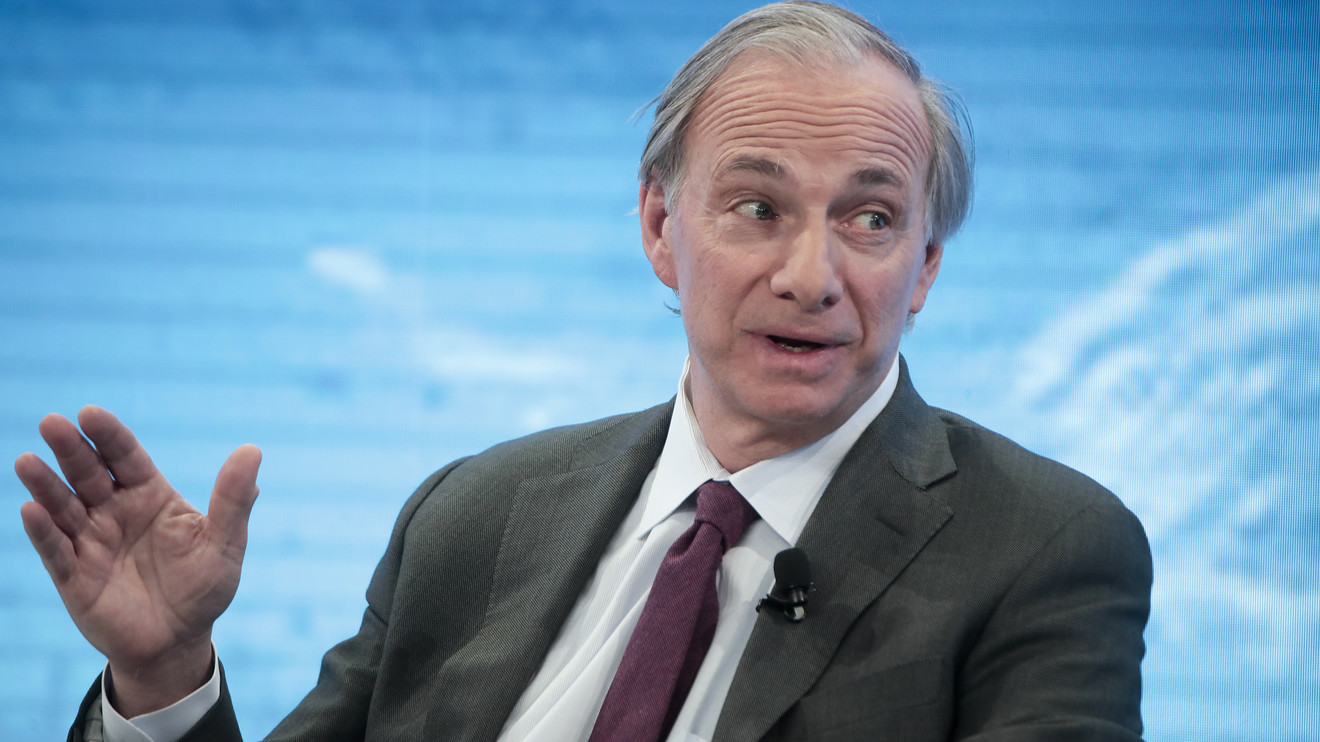
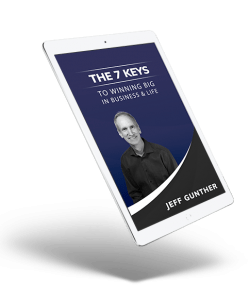
0 Comments